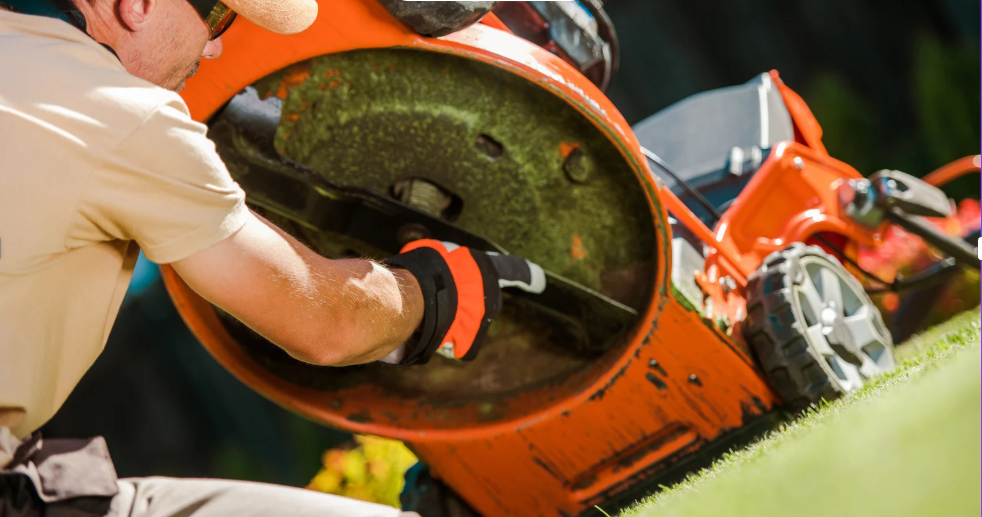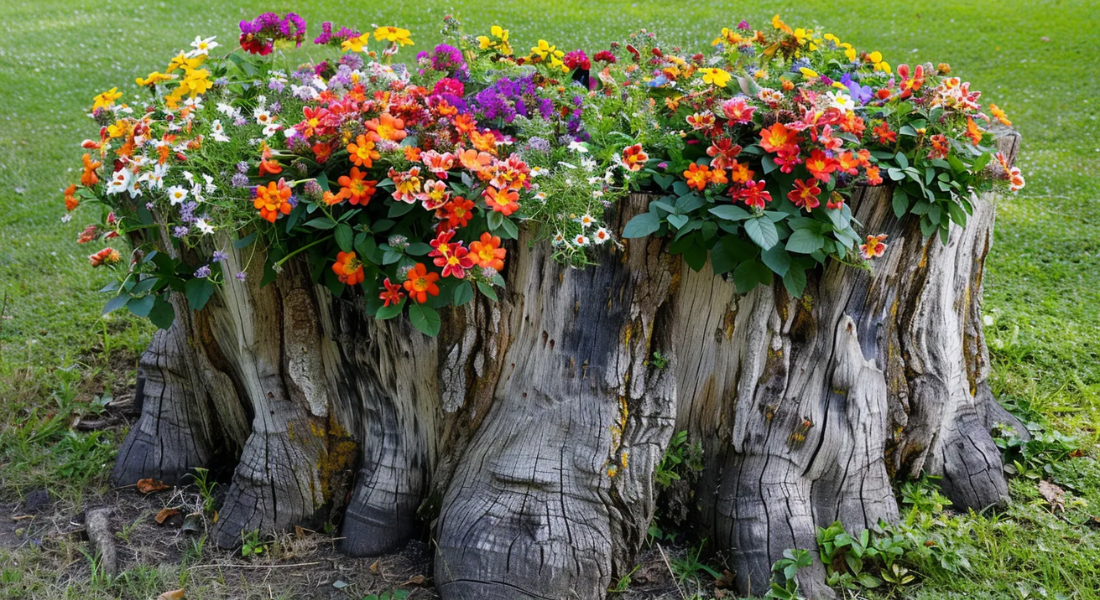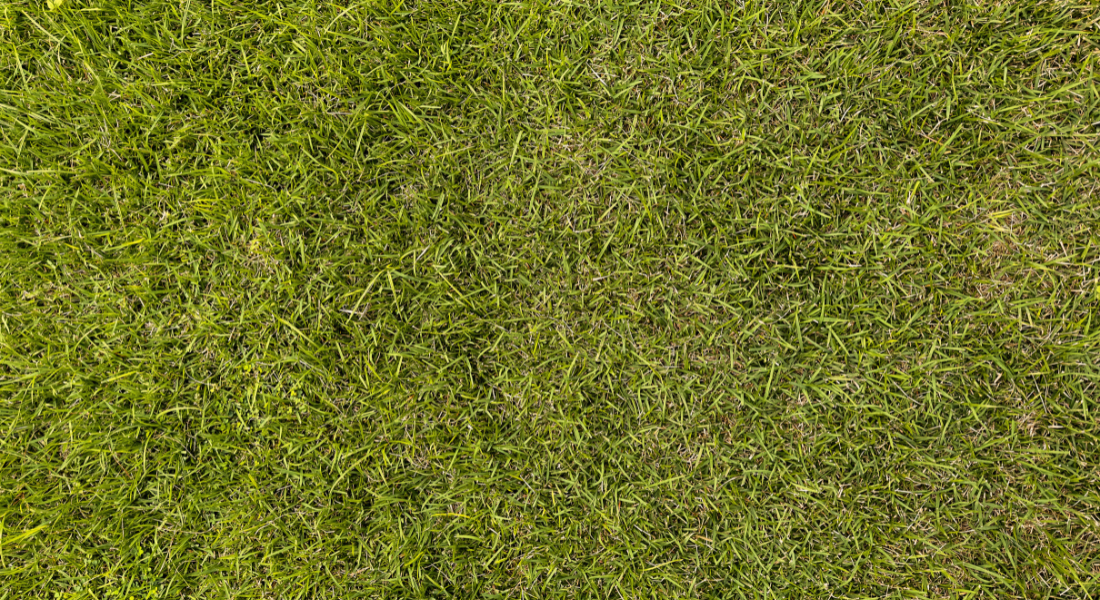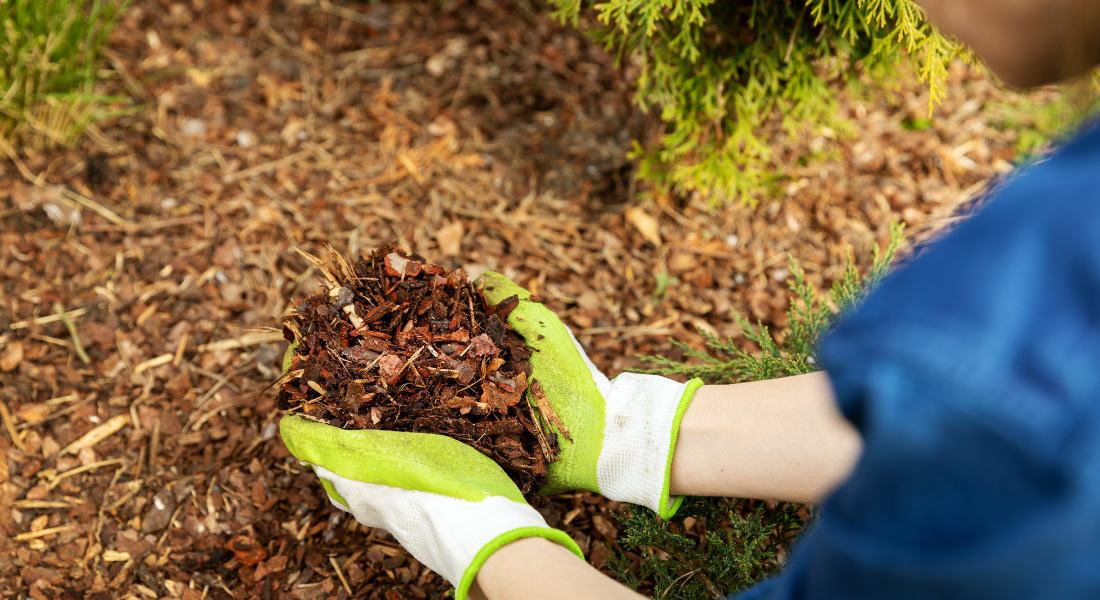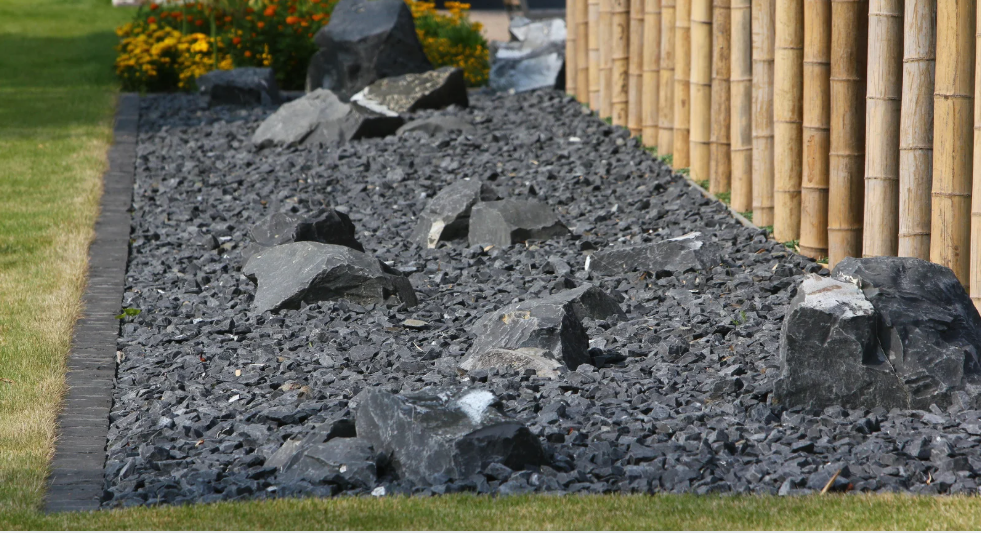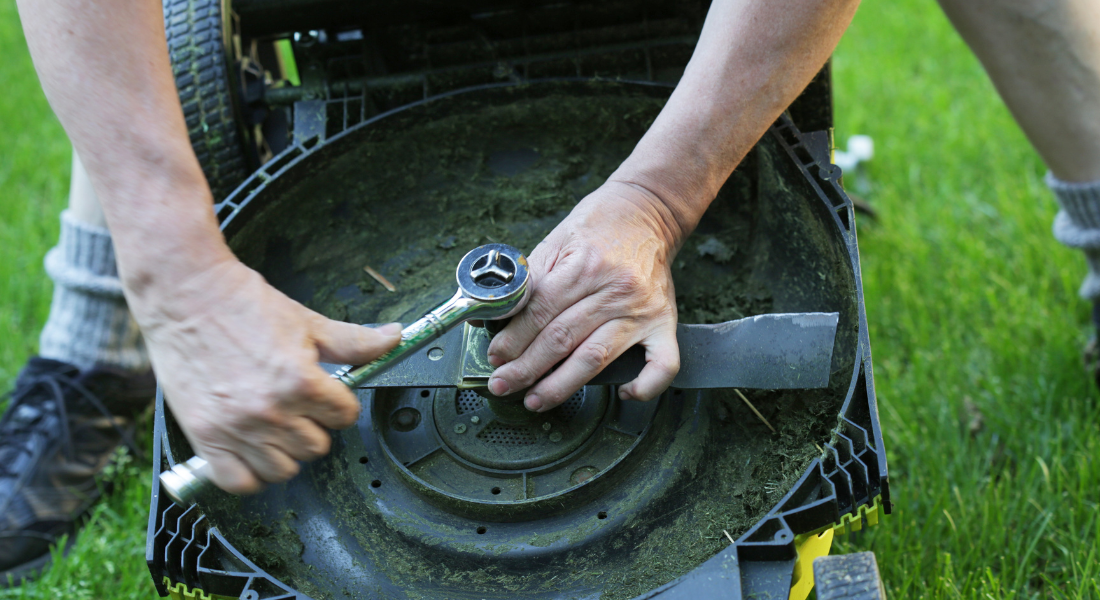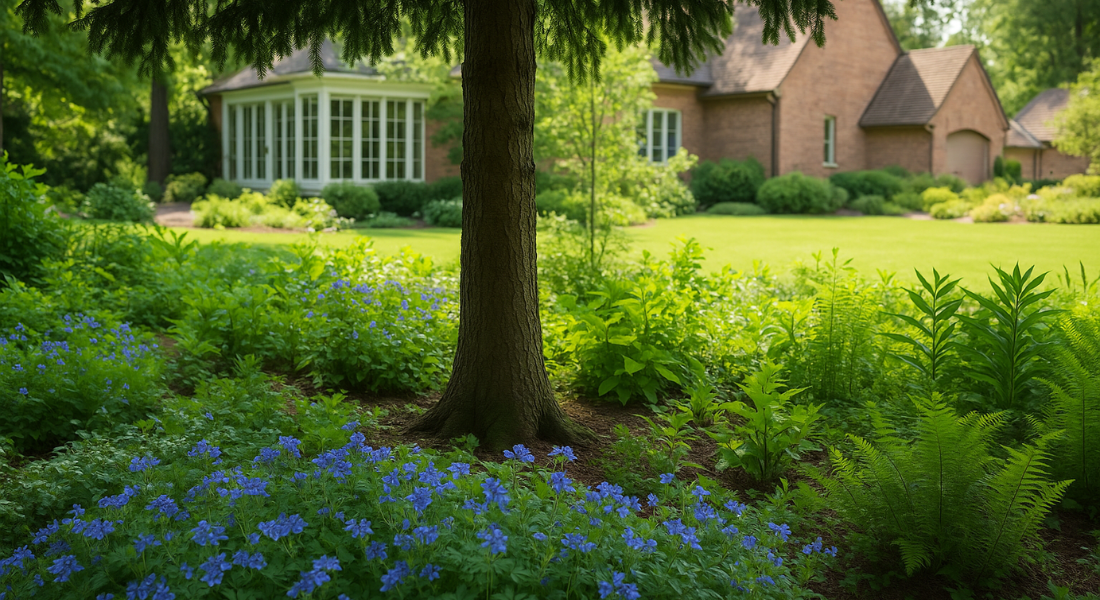Lawn Care for Beginners: Your Ultimate Grass Upkeep Guide
Maintaining a beautiful lawn can seem overwhelming if you're new to lawn care. But with the right techniques and a clear plan, you can achieve a lush, healthy lawn that stands out all year long.
In this guide, we’ll cover essential lawn care tips, from mowing and watering to fertilizing and dealing with weeds.
Understanding the Basics of Lawn Care
Lawn care begins with understanding the unique needs of your lawn. Different grass types, soil conditions, and climate all play a role. Learning these basics will help you make informed decisions for your lawn maintenance practices.
What Type of Grass Should You Choose?
Selecting the right grass type is critical to achieving a resilient lawn. Cool-season grasses, like Kentucky bluegrass, thrive in spring and fall, while warm-season grasses, like Bermuda grass, do better in the summer months. Determining your grass type helps tailor your lawn care routine for better results.
How Often Should You Mow the Lawn?
Lawn mowing is a crucial part of lawn care. Mow the lawn once or twice a week, depending on the season and grass growth rate. Aim to keep grass between 2.5 to 3.5 inches tall for a healthy root system and thick turf. Sharp mower blades prevent tearing, which can lead to dead grass and bare spots.
Watering Techniques: How to Keep Your Lawn Hydrated
When and How Much to Water
A lawn needs about an inch of water per week. Watering deeply twice a week helps reach the roots and encourages strong root growth. The best time of day to water a lawn is early morning, as it allows grass to absorb moisture before the heat of the day evaporates it.
Recognizing Drought Stress
During hot summers or drought conditions, you may notice brown patches or thin grass. To keep your lawn looking its best, increase watering frequency and avoid mowing too short.
Fertilizing for a Lush Lawn
Fertilizing is essential for feeding your lawn the nutrients it needs. A granular fertilizer is ideal for even distribution across your lawn. Fertilize your lawn in early spring and fall for the best results. Don’t forget to include mulch in your care routine—it helps the soil retain moisture and reduces weed growth.
Weed Control: How to Keep Weeds at Bay
Common Lawn Weeds and How to Eliminate Them
Weeds compete with grass for nutrients and water. Regularly inspect your lawn for common weeds like dandelions and clover. Spot-treating with a selective herbicide can help keep your lawn free of weeds without damaging the grass.
Preventive Measures for a Weed-Free Lawn
A thick lawn is the best defense against weeds. Overseeding in fall and spring fills bare spots and strengthens your turf, making it harder for weeds to take over.
Dealing with Pests: Protecting Your Lawn from Damage
Pests like grubs can wreak havoc on a lawn. Keep an eye out for signs of pest damage, such as brown patches or grass that pulls up easily. Using a natural pest control method or treatment will help maintain a healthy lawn.
Aerating and Overseeding: Refreshing Your Lawn
Compacted lawn soil can prevent water and nutrients from reaching grass roots. Aerating your lawn in fall or early spring helps loosen compact soil and promotes root growth. Follow up with overseeding to fill bare spots and improve the overall health of your lawn.

Lawn Maintenance for Seasonal Changes
Spring Lawn Care
Spring and fall are the best times to fertilize your lawn and perform soil tests to ensure nutrient levels are adequate. Start with light raking to remove dead grass and debris. This creates a lawn that’s ready for new growth.
Summer Lawn Care Tips
Summer lawn care involves monitoring for drought stress, pests, and weeds. Water a lawn deeply and avoid over-fertilizing during hot months. If you notice dead spots in your lawn, address them promptly with new grass seed.
Fall Lawn Care
Fall and spring are ideal for overseeding and fertilizing. Fall is also the perfect time to aerate and lay down fertilizer and mulch to protect your lawn through the winter.
Maintaining Your Lawn Care Schedule
Creating a lawn care schedule helps keep your lawn looking lush and green all year long. Regularly mow, water, and fertilize to meet the changing needs of the seasons. By following a maintenance schedule, you’ll prevent common lawn problems before they start.
Soil and Grass Health: The Key to a Resilient Lawn
Healthy soil leads to healthy grass. Conducting a soil test will help you determine nutrient levels and adjust your fertilizer accordingly. Keep grass hydrated, properly mowed, and fertilized to ensure it stays healthy and vibrant.
GreenLife Services: Your Local Lawn Care Team
At GreenLife Services, we offer lawn maintenance services.
From weekly mowing and hedge trimming to seasonal lawn clean-ups and full lawn care plans.
Our goal is to keep your lawn healthy, green, and looking its best all year round.
Let us handle the work so you can enjoy a beautiful lawn without the stress! Call us today for a free quote!
Conclusion: Take Care of Your Lawn with Confidence
Maintaining a great lawn doesn’t have to be complicated. By following these tips, you can create a lawn that’s healthy, green, and inviting. Remember these essential practices:
- Mow the lawn regularly with sharp mower blades.
- Water deeply twice a week for strong root growth.
- Fertilize your lawn in early spring and fall.
- Overseed to fill bare spots and prevent weeds.
- Aerate to loosen compact soil.
- Monitor for pests and weeds to keep your lawn healthy.
- Create a lawn care schedule to stay consistent.
We have more blogs with tips to keep your lawn green and healthy. From mulching, mowing, and aerating lawns, we have it all there. Read our blog now!
FAQs
Q. How do you maintain grass?
A. To keep your grass healthy, mow it regularly to the right height (around 2.5 to 3.5 inches). Water deeply twice a week, giving about an inch of water each time. Fertilize in early spring and fall, and spot-treat weeds when you see them. Aerate the soil once a year to help water and nutrients reach the roots.
Q. How do you maintain real grass?
A. Caring for real grass means regular mowing, deep watering, and fertilizing in spring and fall. Watch for weeds and pests, and fix bare spots by planting more grass seeds. Aerating and adding mulch can also help keep the soil healthy and moist.
Q. What is the best lawn care routine?
A. The best routine includes mowing, deep watering, and fertilizing in the growing seasons. Aerate and plant new seeds in the fall, and check regularly for weeds or pests to stop problems before they spread.
Q. How do you take care of good grass?
A. To keep good grass in top shape, mow with sharp blades and water deeply for strong roots. Fertilize as needed, plant more seeds to cover bare spots, and aerate the soil if it gets compacted. Keep an eye out for any signs of weeds or pests and deal with them quickly.
